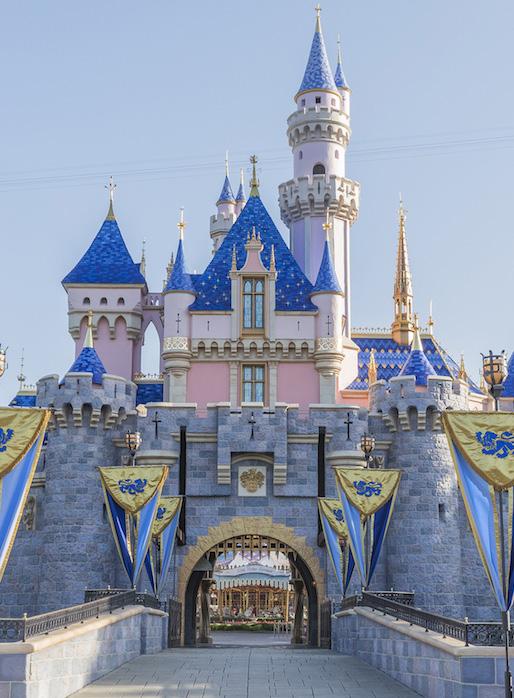
2 minute read
Hyperreality
Exploring the the postmodern theory of Hyperreality and how it can be applied to social media
“Hyperreality is seen as a condition in what is real and what is fiction are seamlessly blended together so that there is no distinction between where one ends and the other begins” (Terashima, 2004:1). Advancements in technology has ment hyperreality has become more prevalent in postmodern visual culture, as technology has made it much harder to decipher the real from the unreal. AR Filters have become a hyperreal construction of appearance which create imagery that seamlessly blends the virtual and the physical.
Advertisement
Key Hyper reality theorist, Jean Baudrillard outlines “the successive phases of the image:
1 It is the reflection of a basic reality.
2 It masks and perverts a basic reality.
3 It masks the absence of a basic reality.
4 It bears no relation to any reality whatever: it is its own pure simulacrum.” (1981:166)
In Phase 4 the image becomes hyperreal and becomes “not a copy of the real, but truth in its own right” (1981:166). This process can be applied to social media. Social media started as a reflection of reality, representing the reality of everyday life but has become its own reality removed from any other reality becoming simulacrum. Baudrillard uses Disneyland as an example of hyperreality. Baudrillard argues that Disneyland simulates an idealised construction of America, creating a hyperreal version of the ‘real’ America. He states that “Disneyland is presented as imaginary in order to make us believe that the rest is real” (1981:171) and that Disneyland is just as unreal as the rest of America. The understanding of Disneyland being ‘unreal’ masks the fact that America is also ‘unreal’ and is used to maintain the general perception of reality. Baudrillard’s Disneyland theory can be applied to the use of AR Filters on social media, with AR Filters representing Disneyland and social media being America. Both AR Filters and social media are hyperreal but the knowledge that the AR filters are an unreal representation of beauty, masks that all social media posts are unreal representations of beauty.
In the hyperreal space of social media, AR Filters are the new becoming the normal. This paves the way for virtual makeup to become the new reality. Harris states “Hyperreality not only improves on reality, but gradually comes to replace the usual conceptions of it” (2004:130).Technology enables the new possibilities of makeup and how it visualises identity. The capabilities of technology facilitates a future where virtual makeup could become the usual conception of makeup.
Image: Disney (2019) Disneyland.








